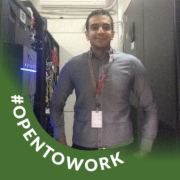One of the most valuable features of Cisco FabricPath is its protocol freedom, which allows me to use multiple protocols at a time, such as Spanning Tree to prevent loops in the network.
Cisco FabricPath is recognized for excellent performance, reliability, and scalability in data centers, enhanced by robust security, centralized management, and a real-time alert system. While it runs on a stable NXOS operating system, it requires supplementary security solutions and improved interoperability. High cost and complex setup detract from its appeal. Documentation and technical support need enhancement to aid deployment. These factors impact its affordability and usability despite its efficient network management capabilities.









